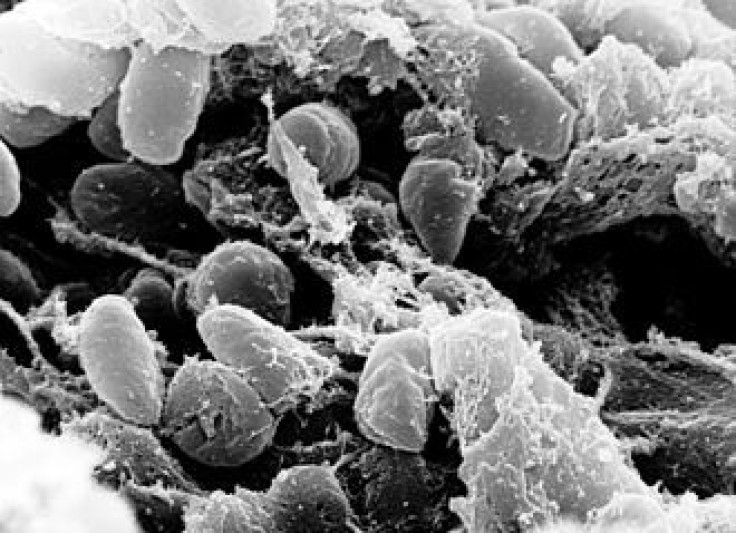Plague Outbreak Reported in Madagascar Has Killed 40 People, Affected 119: WHO

A plague outbreak in Madagascar has killed 40 people, the World Health Organization said on Friday.
Plague is an infectious, bacterial disease caused by a bacteria known as Yersinia pestis. So far in the current outbreak, there have been 119 cases reported. The first patient was identified on Aug. 31 and died on Sept. 3. Cases have been reported in 16 districts of the island nation in the Indian Ocean, with two recorded cases and one death in the capital city of Antananarivo.
“There is now a risk of a rapid spread of the disease due to the city’s high population density and the weakness of the health care system,” the WHO said in a public statement.
Plague is typically spread by rodents, which in turn catch it from fleas. Humans can catch it if they are bitten by one of these fleas. Then, they develop bubonic plague, which affects the lymph nodes and causes swelling. At this stage, it can be treated using antibiotics.
However, if the bacteria get into the lungs, a patient develops pneumonic plague, which is much more dangerous. At this stage, the disease can be spread from person to person through the droplets of a cough. This version, according to the WHO, is “one of the most deadly infectious diseases” and can be fatal within 24 hours.
The WHO has alerted local authorities, especially in urban centers, to be vigilant but has not recommended any travel or trade restrictions.
Madagascar authorities have noted in recent months that fleas have been developing a resistance to the pesticide typically used to control them, the WHO said, which further complicates the situation.
Between 1,000 and 2,000 cases are reported to the WHO worldwide every year, mostly in small towns. The last known outbreak of the plague occurred four years ago in Peru.
There are an average of seven cases of plague reported every year in the United States, according to the Centers for Disease Control, but 80 percent of these are the less dangerous bubonic form.
© Copyright IBTimes 2024. All rights reserved.












